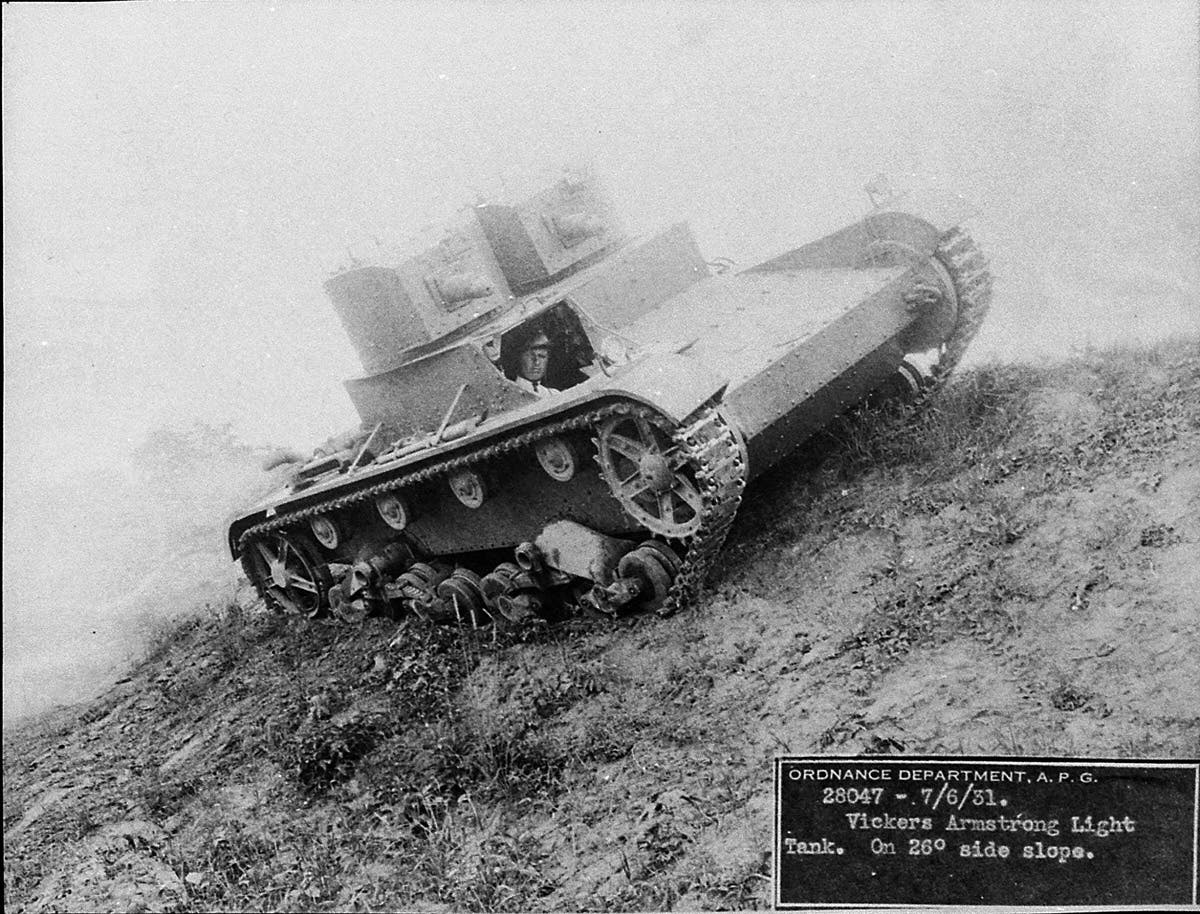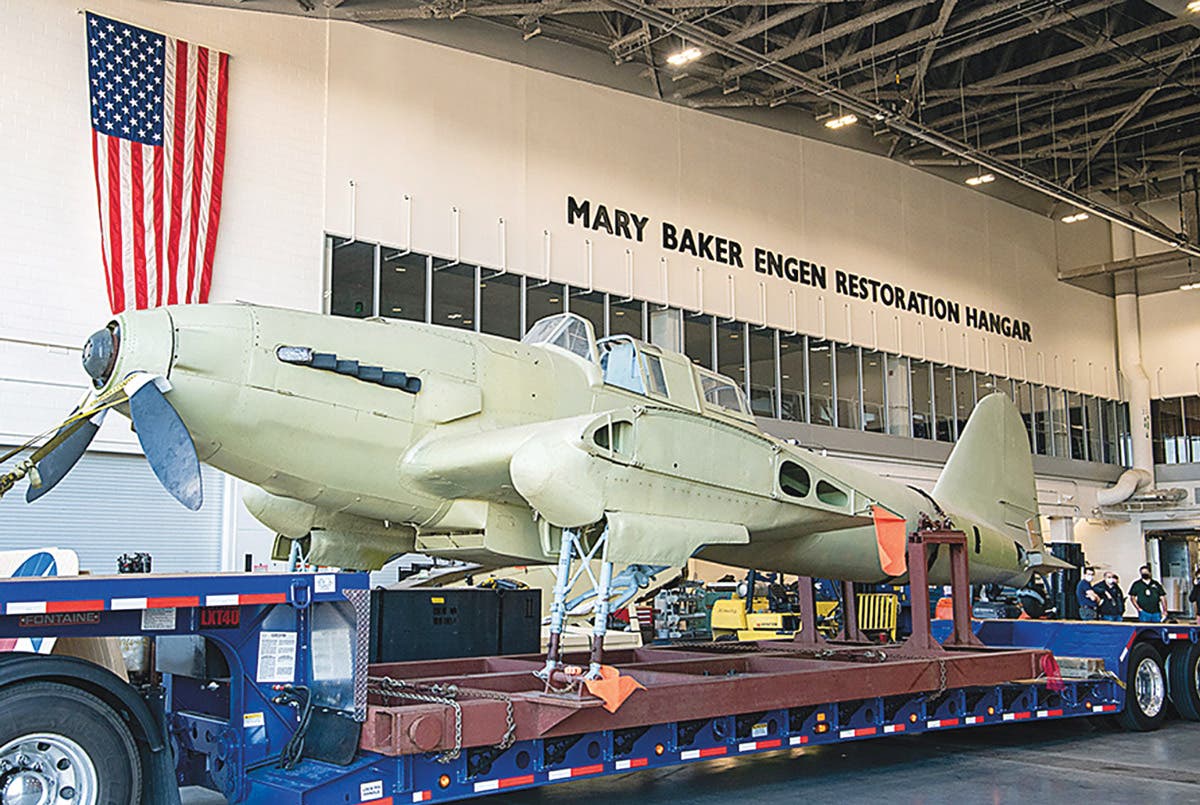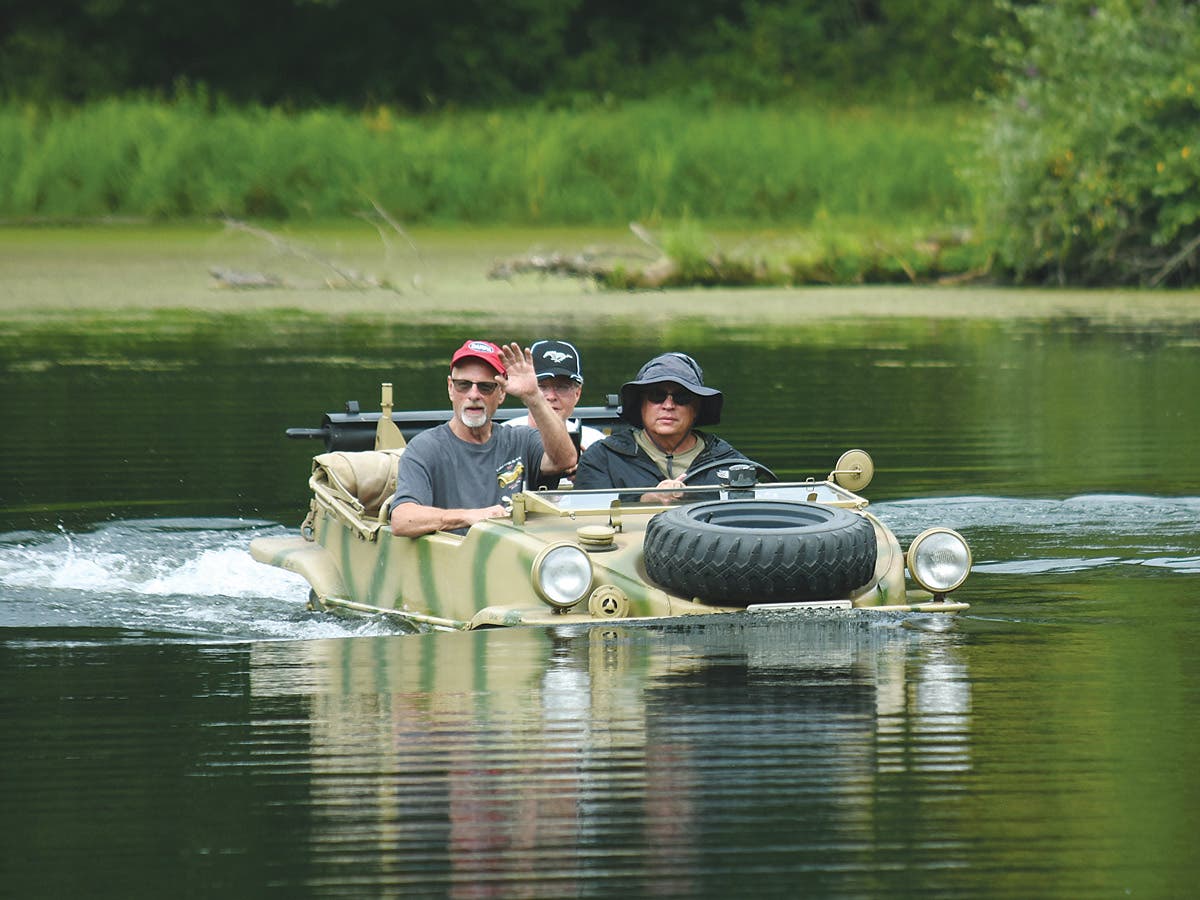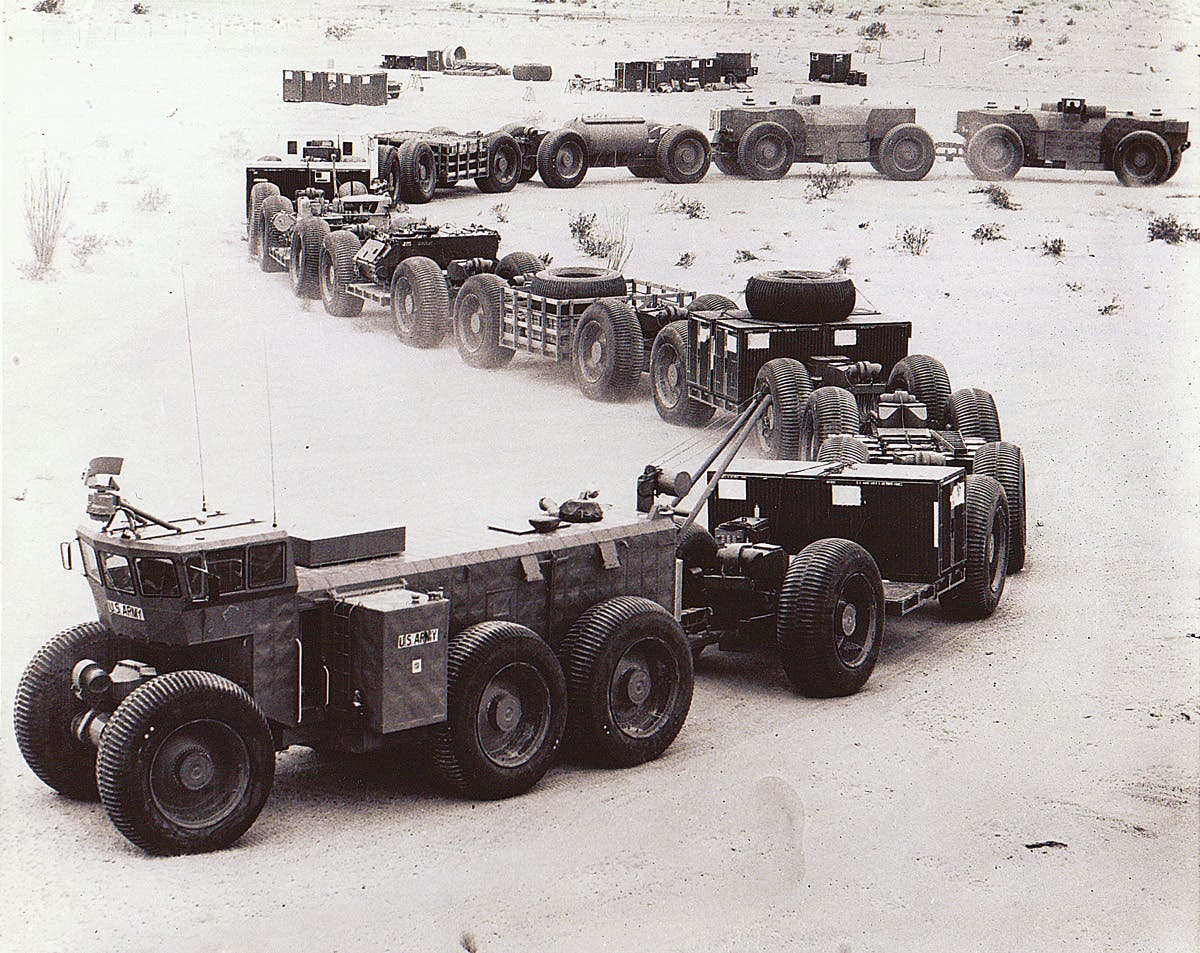MV Spotlight: M37 Dodge 3/4-ton Truck
Current prices and values of M37 Dodge trucks
With the success of the World War II military Dodges, it was only natural that the Army turned to Dodge for an updated design in the late 1940s when the M-series vehicles were in their infancy.
These vehicles incorporated the lessons learned during the war, including the characteristic M-series design elements of 24-volt sealed, waterproof ignition, improved weather protection, organic deep water fording ability, and standardized ancillary equipment.
A synchronized transmission replaced the WWII-era crash box. A two-speed transfer case allowed manual engagement of the front axle as well as an additional reduction range. The six-cylinder engine of the WC-series was lengthened and reinforced for the new trucks. Steel doors with roll-up glass windows were a major improvement.
The M37 had a slightly lower silhouette than the World War II vehicles, a tactical benefit, and also were narrower, a definite improvement when operating off-road in wooded or rocky areas.
Production of pilot models for the new design was begun in the spring of 1950 and, in January 1951, mass-production began. The initial series production ended in January 1955.
The M37 tooling was placed in storage until February 1958, when it was dusted off and slightly modified to incorporate minor changes to accommodate a new style transmission and relocated spare tire mounting. The first of these new vehicles, designated M37B1, was completed in April of 1958. Except for 1960, the demands of the military, especially as the war in Vietnam escalated, were such that M37B1s were built every year through 1968.
Weight: 5,687 pounds
Size (LxWxH): 184.75” x 73.5” x 89.75”
Max Speed: 55 mph
Range: 215 miles
Condition code /Value (dollars) -- Prices updated 2020
6 800
5 2,800
4 4,500
3 7,200
2 16,500
1 25,000+
WHAT DO THE NUMBERS MEAN?
Buy the best you can afford. Restoring a vehicle will always be more expensive than buying a finished project.
The vehicles in this guide are given a value based on a 1-to-6 condition grading scale:
1=Excellent: Restored to maximum professional standards, or a near-perfect original.
2=Fine: Well-restored, or a combination of superior restoration and excellent original parts.
3=Very Good: Complete and operable original or older restoration, or a very good amateur restoration with all presentable and serviceable parts inside and out.
4=Good: Functional or needing only minor work to be functional. Also, a deteriorated restoration or poor amateur restoration.
5=Restorable: Needs complete restoration of body, chassis, and interior. May or may not be running, but is not wrecked, weathered or stripped to the point of being useful only for parts.
6=Parts Vehicle: Deteriorated beyond the point of restoration.
As an Amazon Associate, Military Trader / Military Vehicles earns from qualifying purchases.
From the staff of North America's no. 1 historic military vehicle source -- Military Vehicles Magazine








